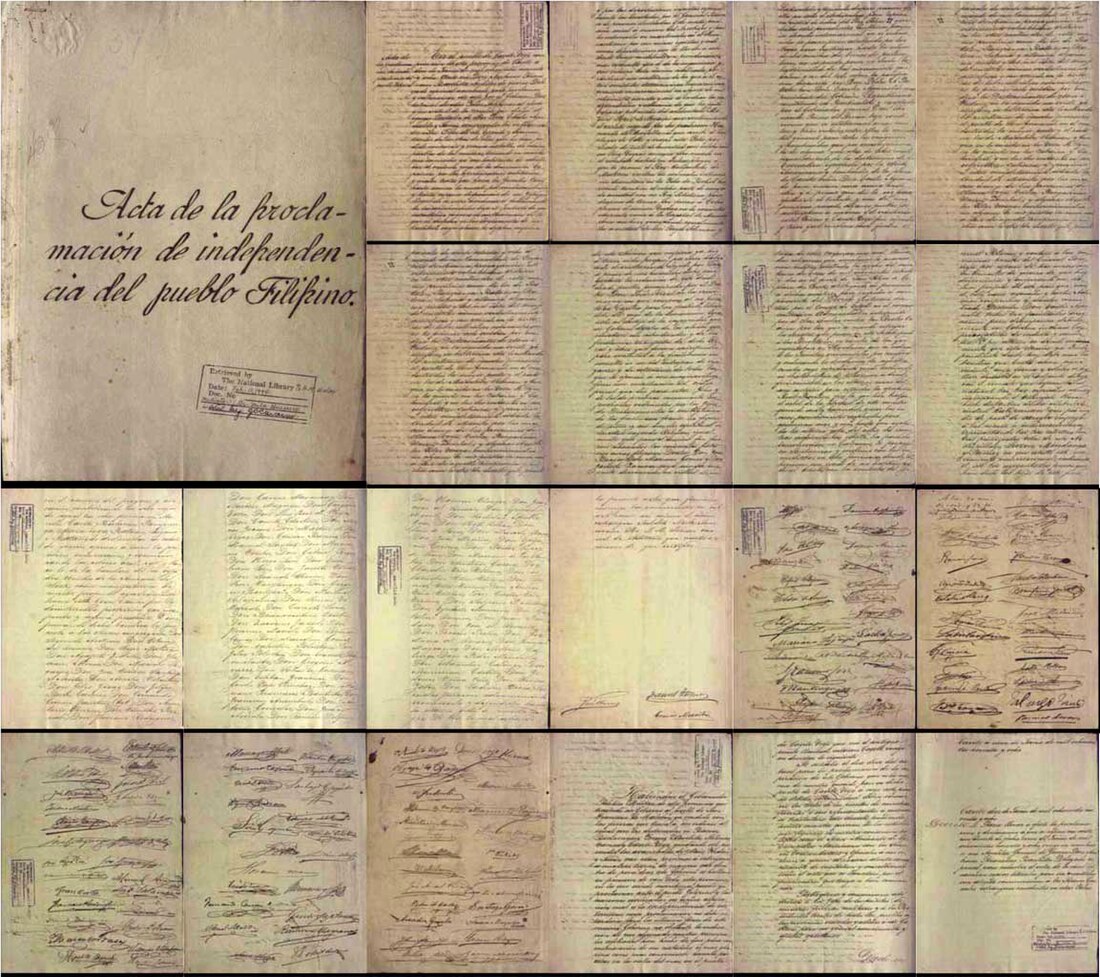Spanish language in the Philippines
historical and sociological aspects of the Spanish language in the Philippines From Wikipedia, the free encyclopedia
Remove ads
Spanish was the only official language of the Philippines for over 300 years when it was ruled by Spain, from the late 1500s to 1898. After that, it became a co-official language with English when the USA ruled the country. Even after the Philippines became independent in 1946, Spanish stayed as an official language, along with Filipino (Tagalog) and English. In 1973, it was taken out as an official language by a change in the constitution. But, after a short time, it became an official language again because of a decision by the president. In 1987, with the new Philippine constitution, Spanish was named an "optional and voluntary language".[1][2]

During the time when the Philippines was ruled by Spain (1565–1898), Spanish was used in government, newspapers, business, schools, and the arts. In the middle of the 19th century, the Spanish government started a free school system. This led to a group of educated Filipinos who spoke Spanish, called the Ilustrados. Famous men in this group were José Rizal, Antonio Luna, and Marcelo del Pilar. When Spanish rule ended, many people in the cities and from rich families could speak Spanish. But, most of the country's people did not know the language.[3]
The country's first official language was in the Malolos Constitution of the First Philippine Republic in 1899. It was used a lot during the first years of the U.S. rule from 1898 to 1946. But over time, the American government started to prefer English over Spanish. They saw Spanish as a bad part of the past. By the 1920s, English became the main language for the government and schools.[4] Even after the Philippines became independent in 1946, Spanish became less important. In 1973, it was no longer an official language. Now, Spanish is not used much in daily life. Some Filipinos are interested in learning it again or bringing it back, but the number of people who speak it is getting smaller. In 2020, about 400,000 Filipinos (less than 0.5% of the people) could speak Spanish well.[5]
The Academia Filipina de la Lengua Española controls the Spanish language in the Philippines. It is part of the Asociación de Academias de la Lengua Española, which controls the Spanish language around the Spanish-speaking world.
Remove ads
List of Spanish words of Philippine origin
Even though Spanish has influenced the languages of the Philippines the most with many loanwords, the Philippinic languages have also given some words to Spanish.
Here are some Philippine-origin words found in the Diccionario de la lengua española de la Real Academia Española, the dictionary made by the Real Academia Española:[6]
Remove ads
Related pages
- Chavacano — a creole language based on Spanish spoken in Cavite City, Ternate, and Zamboanga City
- Philippine Spanish — an extinct Philippine variant of the Spanish language
References
Other websites
Wikiwand - on
Seamless Wikipedia browsing. On steroids.
Remove ads
